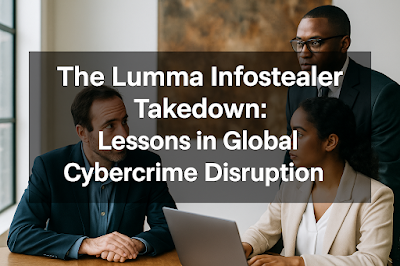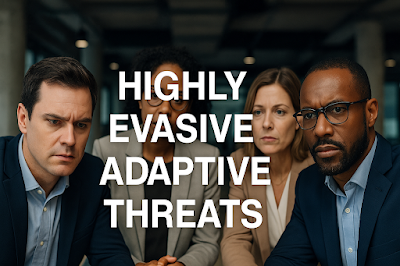Introduction
The cybersecurity landscape is facing an unprecedented challenge: a significant talent gap that threatens the security of digital infrastructures worldwide. As cyber threats become more sophisticated and pervasive, the demand for skilled cybersecurity professionals has surged, outpacing the supply of qualified individuals.



















